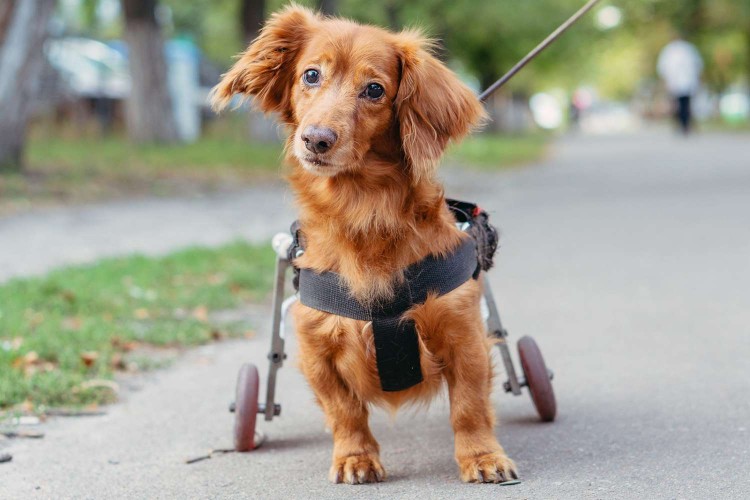
Puppies can be clumsy when they're first learning to explore the world. And while a wobbly little baby dog can be cute and heartwarming, sometimes too much clumsiness is a sign of a problem. Cerebellar hypoplasia is a brain condition in dogs that affects their ability to control their movements. There's no cure for it, but it's possible to offer support and give your pup a long, happy life.
What Is Cerebellar Hypoplasia in Dogs?
Cerebellar hypoplasia is a neurological condition in which the cerebellum is incompletely developed and cannot function properly. Located in the back of the brain near the spinal cord, the cerebellum is responsible for balance and movement. It maintains posture and coordinates muscle movements—both voluntary (movements dogs choose to make) and reflexive (automatic actions that the body makes in response to something). Dogs with impaired cerebellar function may have trouble standing, walking, and eating as well as possible tremors and exaggerated movements.
Causes of Canine Cerebellar Hypoplasia
Cerebellar hypoplasia occurs when the cerebellum fails to develop properly during gestation (in the womb) or shortly after birth. This is often caused by an inherited genetic mutation that's more common in certain dog breeds, including:
Underdevelopment of the cerebellum may also occur if the mother dog has poor nutrition or develops an infectious disease while pregnant. Some infectious diseases associated with cerebellar hypoplasia include canine distemper, canine herpesvirus, tick-borne diseases, and intestinal parasites.
After puppies are born, the cerebellum continues to develop for several weeks, so damage may occur if very young puppies are exposed to infectious diseases. In addition, toxin exposure and brain injuries can also lead to cerebellar hypoplasia.
Signs of Cerebellar Hypoplasia in Dogs
Cerebellar hypoplasia in dogs can vary from mild to severe, but most dogs have difficulty walking, running, and eating. These dogs have no trouble understanding the world around them, but they cannot control their movements the way typical dogs can.
Puppies with cerebellar hypoplasia may appear overly clumsy and awkward, which looks really cute and may lead some to think it's a normal part of puppy development—but it's not. Signs tend to become apparent once the puppy is walking and exploring, which may be as early as 2-3 weeks of age, but usually by the age of 6 weeks.
The primary symptoms of cerebellar hypoplasia in dogs include:
- Intention tremors, which look like head bobbing or shaking and occur when the dog is trying to focus on an object like a food bowl
- Clumsiness and unsteadiness
- Wide stance
- High-stepping or "stilted" appearance when walking (may walk like a toy soldier)
- Falling frequently and misjudging distances
- Limb tremors
The good news is that cerebellar hypoplasia does not get progressively worse. The condition won't get better over time, either, but some dogs make slight improvements as they adjust and adapt to their symptoms.
Just How Fast Will Your Puppy Grow & When Will He Stop?
Diagnosis and Treatment
Your veterinarian will begin by discussing your dog's history and the signs you're seeing at home. Providing information about your dog's parents and the mother's pregnancy may be helpful to your vet when making a diagnosis. Your vet will then conduct a physical exam and make recommendations.
If your vet suspects cerebellar hypoplasia, blood and urine tests may be necessary to rule out other conditions. An MRI can be done to confirm cerebellar hypoplasia, but many vets are able to make a diagnosis based on history and exam findings.
Unfortunately, cerebellar hypoplasia cannot be cured, and there are no specific treatment options. However, there are steps pet parents can take to assist their dogs.
Caring for Dogs With Cerebellar Hypoplasia
Although there's no treatment or cure for cerebellar hypoplasia, many dogs with the condition can lead long, happy lives with the right support. These are dogs with special needs but no shortage of love to give.
Kimberly Elliot, founder of the Be Like Josh foundation is pet parent to Josh, a delightful goldendoodle who has cerebellar hypoplasia. Daily Paws featured the duo in a Better Together segment and learned about what it takes to care for these unique pups.
"His brain understands what's happening, he just struggles executing it," Elliot says. "Everything that a typical dog does, Josh does it too—we just do it with him."
Elliot uses a harness with a handle to support him when he's walking so he doesn't fall. To take Josh on longer walks, she uses a utility wagon filled with pillows and a dog bed. "Including Josh in our lives was only gonna be a challenge if we couldn't think outside the box," Elliot stresses.
"The way I look at it is, it is my job—my duty—to bridge the gap between his physical body and the world we live in," says Elliot, who calls herself Josh's "service human" and looks out for his every need. "If you're going to adopt a dog with a disability, it's actually your job to step up to the plate and be of service to them."
Who Saved Who? The Joy of Owning a Special Needs Pet
Every dog with cerebellar hypoplasia is different, so their needs will vary. You may need to limit your dog's access to certain areas of your home for his own safety. Rugs or non-slip mats may help with grip so these pups don't fall—these can be especially useful when eating. Your dog may need help eating and drinking as well. Some do well with dog wheelchairs, while others can walk with minimal support.
Work with your veterinarian to develop the best home care plan and know that your pup's needs may change over time.


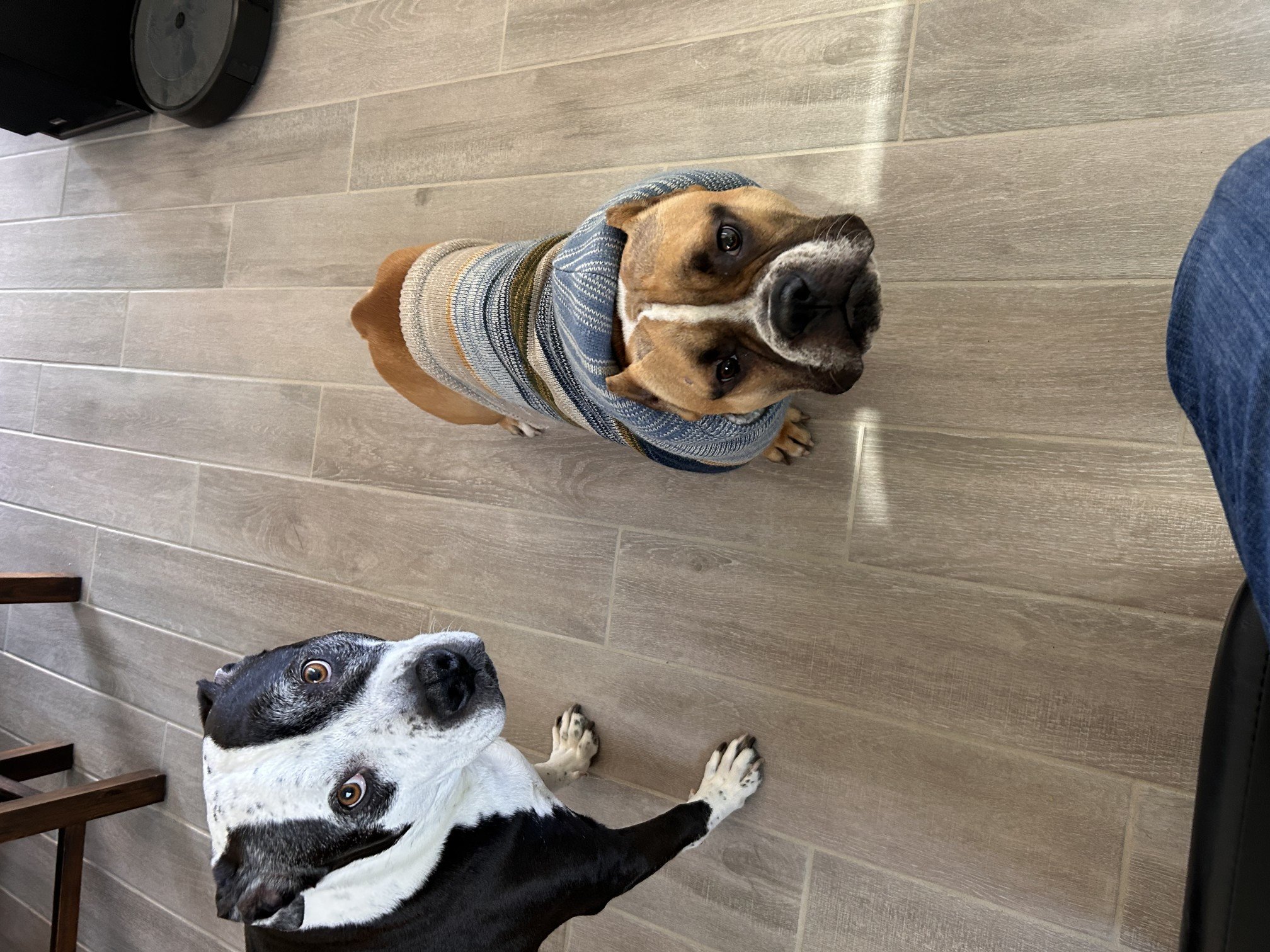
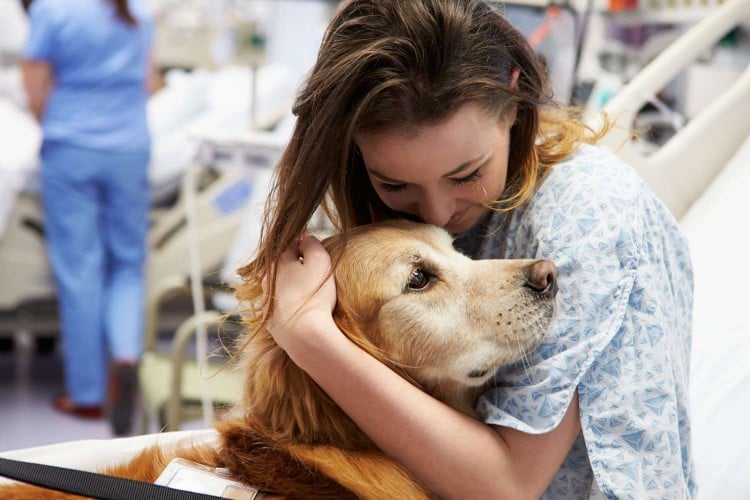
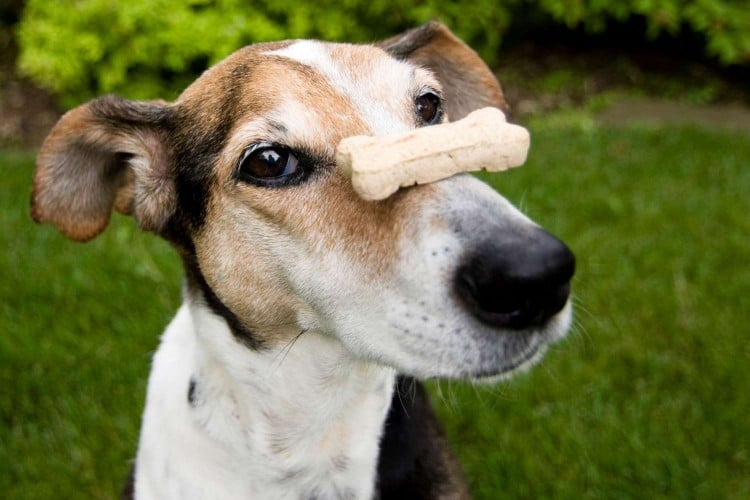
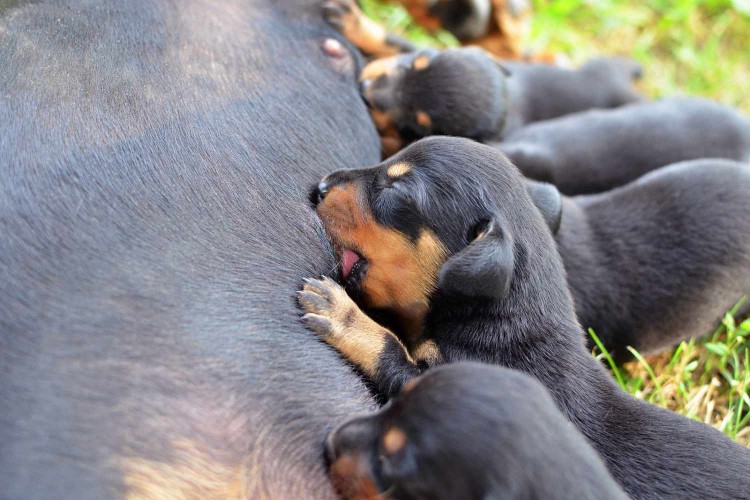

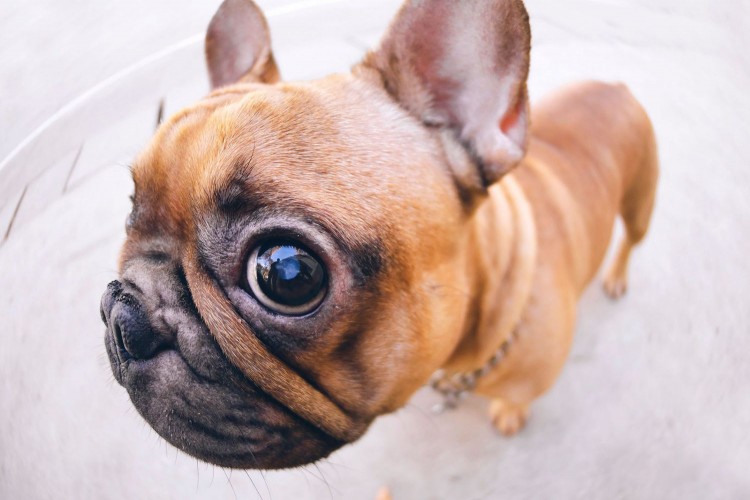
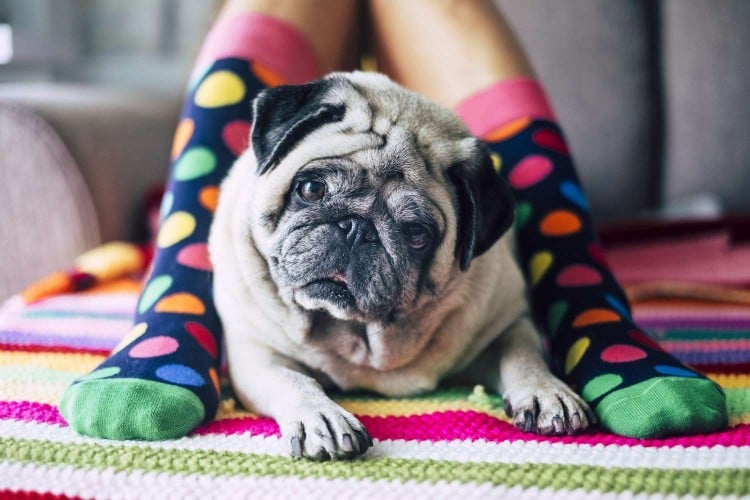
Comments on " Cerebellar Hypoplasia in Dogs: What It Is and How to Care for a Wobbly Pup" :